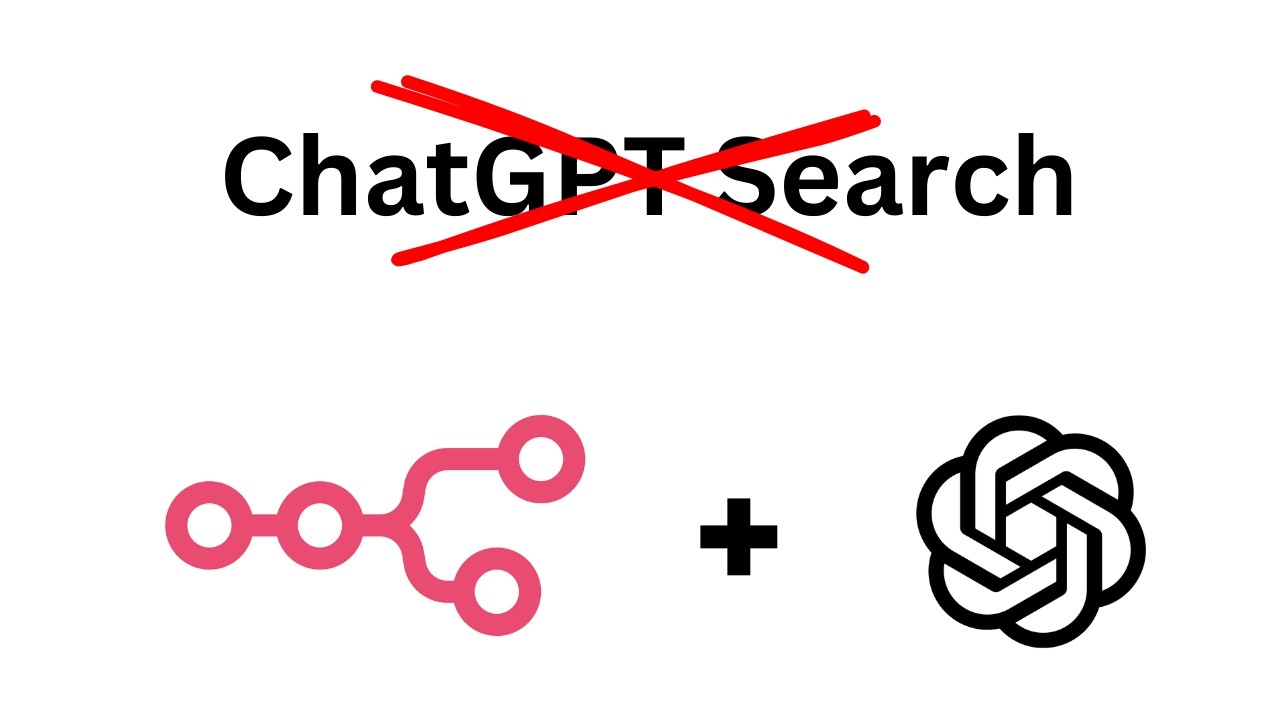The video demonstrates how to build an AI agent that searches the internet using n8n and Crawl4AI, focusing on web scraping and efficient information retrieval with a large language model and a vector database. The creator walks through the setup process, showcasing the agent’s ability to remember user interactions and accurately respond to queries by scraping web content and storing data effectively.
In the video, the creator demonstrates how to build an AI agent that can search the internet using a low-code solution, specifically utilizing n8n and Crawl4AI. The agent is designed to answer questions by scraping web content, with a focus on efficiently retrieving and processing information. The creator begins by explaining the concept of web crawlers and scrapers, highlighting the limitations of simple HTTP GET requests and the advantages of using Crawl4AI, which is an open-source web crawler and scraper that can handle dynamic content and reduce token usage.
The video outlines the architecture of the AI agent, which includes a large language model (LLM) for processing queries, a memory component to retain context, and various tools for web scraping and data retrieval. The creator emphasizes the importance of using a vector database to store and manage the scraped data, allowing the AI agent to reference previous queries and results without needing to re-scrape the same information. This setup minimizes the number of tokens processed by the LLM, addressing common issues such as token limits and memory constraints.
The creator walks through the setup process, starting with signing up for n8n and creating a workflow that integrates the AI agent with the necessary tools. They demonstrate how to configure the agent to receive chat messages and respond using the OpenAI API. The video also covers the implementation of a memory component that allows the agent to remember user interactions within a session, as well as the addition of web scraping capabilities through Crawl4AI.
As the video progresses, the creator explains how to set up the web scraping workflow, including executing commands to install Crawl4AI and create a Python script for scraping web pages. They detail the process of connecting to a vector database, specifically Superbase, to store the scraped data in manageable chunks. The creator highlights the importance of embedding the data correctly to ensure that the AI agent can retrieve relevant information efficiently.
In the final segments, the creator tests the AI agent by querying it for specific information, demonstrating its ability to scrape the web, store data in the vector database, and retrieve accurate answers. They troubleshoot issues related to chunk sizes and memory, ultimately showcasing the successful functionality of the AI agent. The video concludes with an invitation for viewers to join a community for AI enthusiasts and entrepreneurs, encouraging engagement and further exploration of AI technologies.
